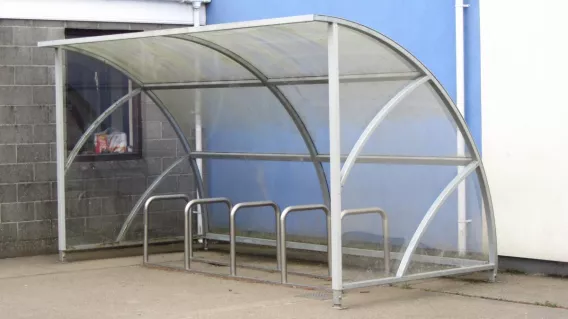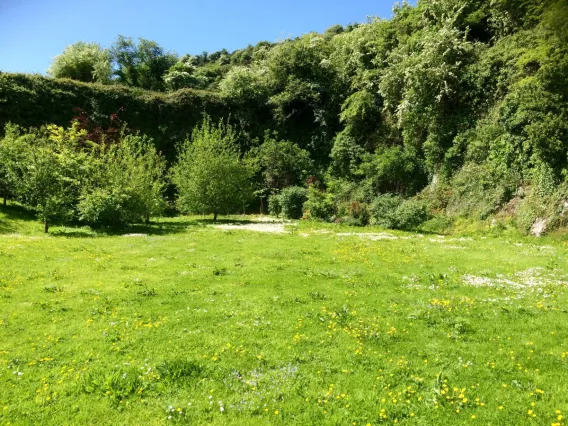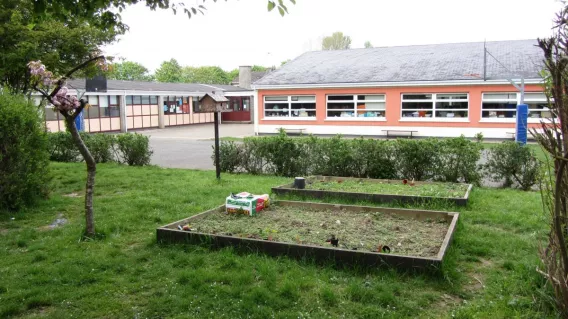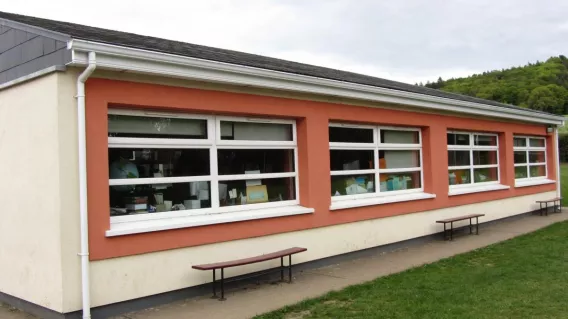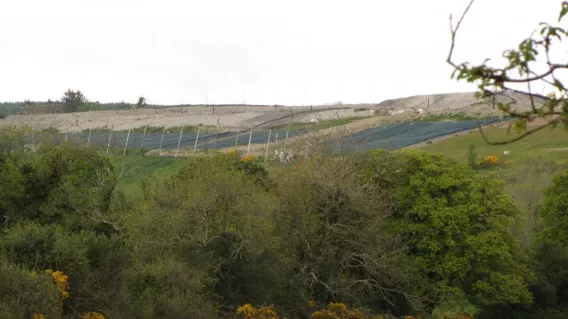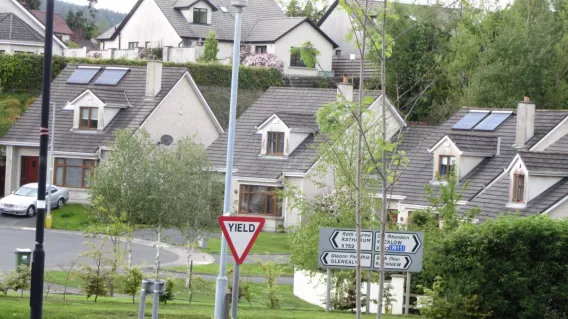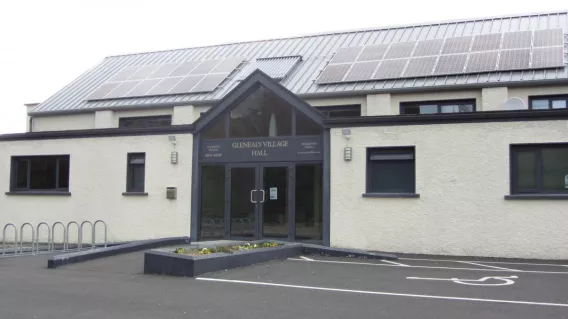Project
The residents of Glenealy Co. Wicklow have come together to address their impacts on the environment and to reduce their carbon emissions. The eventual goal is to become a Zero CO2 community. Data was collected from the community residents and this allowed the researcher to measure the energy requirements and carbon intensity of the community. This information has been used to inform the community on how best to proceed in terms of energy and carbon saving actions in the areas of transport, residential energy and the generation of energy from renewable sources such as wind and solar.
The residents of Ballynagran have worked tirelessly to improve their community and reduce their environmental impacts. This evaluation of the community’s energy requirements and carbon intensity was an important element in the community project. The data gathered has allowed the researcher to develop a metric and model which will be used to inform the community of how their actions can improve their sustainability and to highlight the areas where interventions have been successful or not. In addition, the method, metric and model developed for this project can be adapted and refined for application in other communities seeking to improve their sustainability and reduce their impact on the environment.
Ballynagran Energy Plus+ Community, Glenealy, Co. Wicklow; the Ballynagran Community (incorporated as Ballynagran Zero Carbon ltd) has embarked on an ambitious project to become an Energy Plus Community by 2025.
The metric and model developed for this project can be used to guide the community towards decisions supported by high quality primary data. The effect of future interventions implemented within the community can be inputted to the model and improvements to the community Sustainable Development Index (SDI) calculated. The model is highly adaptable and can be applied to other community projects to measure progress.
Research
Through the development of appropriate methodologies to measure the energy requirements and carbon intensity of the community a carbon account and a material flow account of the community was completed. In addition, participation in the Global Protocol for Community-Scale Greenhouse Gas Emissions (GPC) Pilot produced a complete inventory of Greenhouse Gas emissions that occur as a result of the activities of residents within the community. The project reviewed and assessed the effect that targeted policies can have on the sustainability of this Irish rural community using the published Sustainability Evaluation Metric for Policies Recommendation (SEMPRe) Model. The SEMPRe Model was adapted to quantify the effectiveness of candidate policies selected as appropriate for rural communities to increase the Sustainable Development Index (SDI) of the community. Futures Scenarios, both technological and behavioural, have been developed to guide the BEP+C
This was a critical examination of how community led interventions and government policy can affect GHG emissions. The model was used to inform the community of how their actions can improve their sustainability and to highlight the areas where interventions have been successful or not.
The metric and model developed for this project can be used to guide the community towards decisions supported by high quality primary data. The effect of future interventions implemented within the community can be inputted to the model and improvements to the community Sustainable Development Index (SDI) calculated. The model is highly adaptable and can be applied to other community projects to measure progress.
Resources
